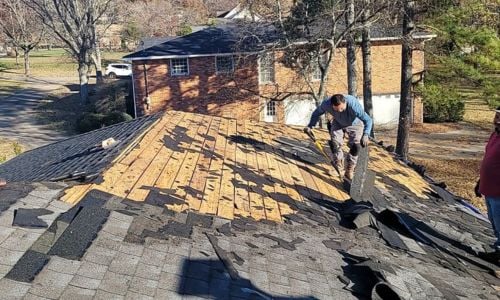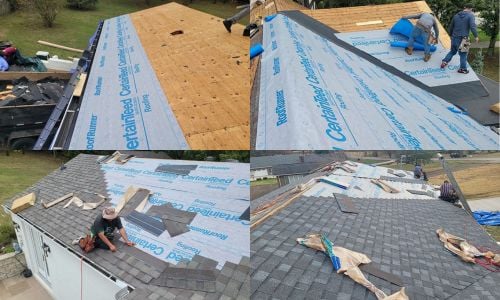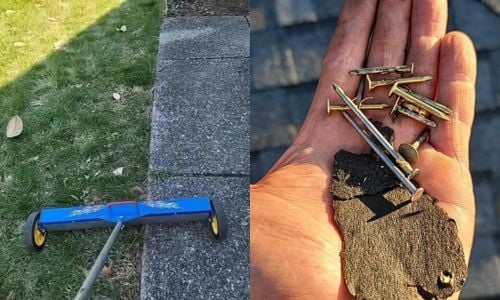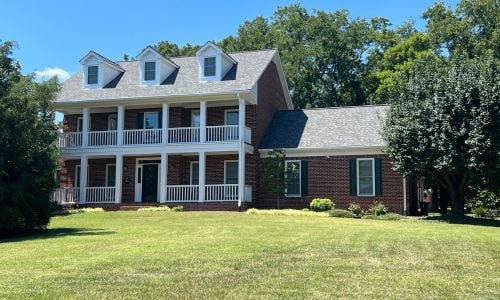How do you hire a great roofing contractor for your roof replacement?
Everything from the pricing, finished quality, workmanship warranty, and anything in between comes down to the roofing contractor you hire. That’s why the most important decision you’ll make for your roof replacement is hiring a great company.
Below is what to look for and other tips to hire a great roofing contractor in your area.
Use Google reviews and other online resources
Check out the Google reviews of your area's top local roofing contractors and their reviews from the last 3-6 months for current homeowner experiences. This gives you an idea of the final quality, if the company stands behind their work, and how they interact with customers.
Also, look at other online resources like the Better Business Bureau, “Best of” lists, and other recommendation websites like Nextdoor. Just keep in mind that these lists and reviews can be taken to the extreme one way or the other.
Only consider local roofing contractors
Every roofing contractor you consider must be local to your area, with a physical office and a phone number with the local area code. This ensures local codes are followed, all appropriate paperwork is in place, and you can find them if you have a problem.
This also helps you avoid falling victim to out-of-state storm-chasing companies that undercut local roofing contractors and don’t know (or care) about local codes. This isn’t to say all out-of-state roofing companies are bad, but hiring locally ensures your roof replacement complies with your state’s requirements.
Ask any roofing contractor for proof that they’re licensed, bonded, and insured
A roofing contractor being licensed, bonded, and insured ensures your roofing project is done right and protects you if it isn’t. Each state has different requirements, so you’ll need to research your local codes to learn the appropriate permits and paperwork required in your area.
However, I recommend looking for a roofing company with all three, regardless of your state's requirements. Ask for physical copies as proof before working with any potential roofing contractor.
Don’t go into the roof replacement process with a cheap mindset
Looking for the cheapest price available makes you a prime target to be taken advantage of by a bad roofer. Once they know you’re pricing shopping, they’ll lower their prices to outbid others.
Unfortunately, they reach these lower prices using cheaper materials and labor. That’s why it’s absolutely crucial not to look for the lowest price and the cheapest roofing contractor you can find.
Find a roofing contractor that offers long-term protection
You should only consider roofing contractors that offer long-term protection with a strong workmanship warranty. While workmanship warranties vary from 1 to 10 to 25 years, or even a lifetime, you shouldn’t settle for anything less than a 10-year warranty.
If a roofing contractor takes pride in their work and does everything the right way, they should have no problem offering a 20, 25, or lifetime workmanship warranty.
Ask the right questions when meeting with potential roofing contractors
When meeting with potential roofing contractors, one of the most important things to do is ask the right questions. Asking questions is the best way to determine if they do things the right way, know what they’re talking about, and if they have your interest in mind.
Here are just some of the questions every homeowner needs to ask a roofing contractor:
- What shingle manufacturers do you use, and are you certified by them?
- How long have you been in business?
- Have you worked in this neighborhood?
- Do you use drip edge?
- What is your cleanup process?
- How long has the crew that will install my roof been with you?
To get a downloadable and printable version of these questions and more to use when meeting local roofers, get the Questions to Ask a Roofing Contractor Checklist.

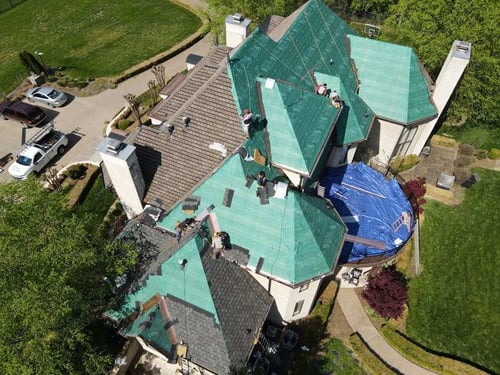
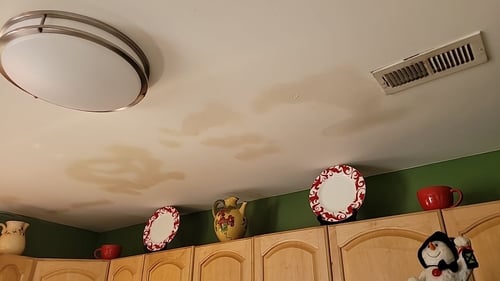
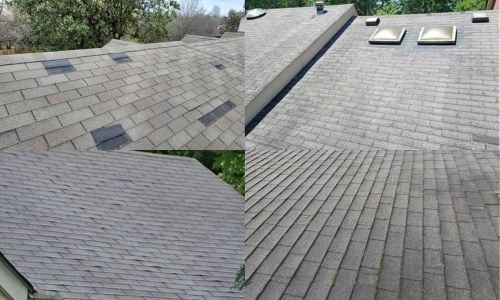
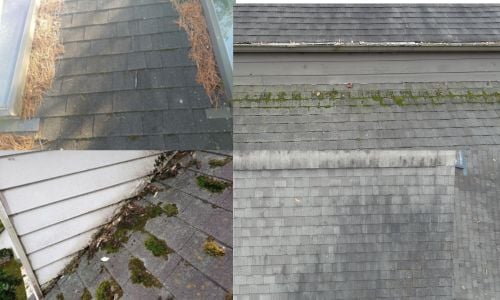
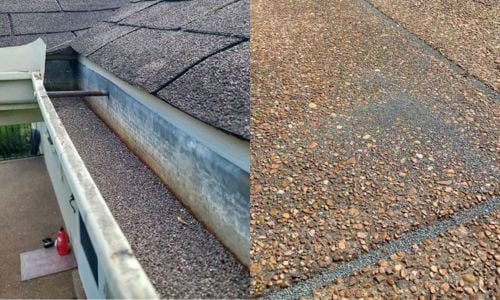
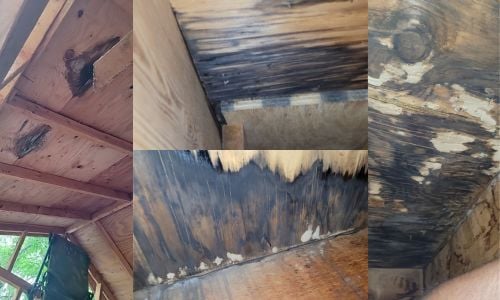
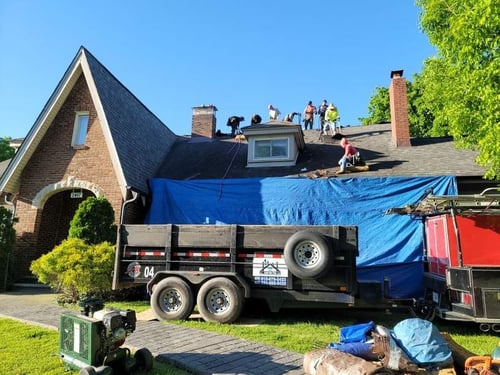
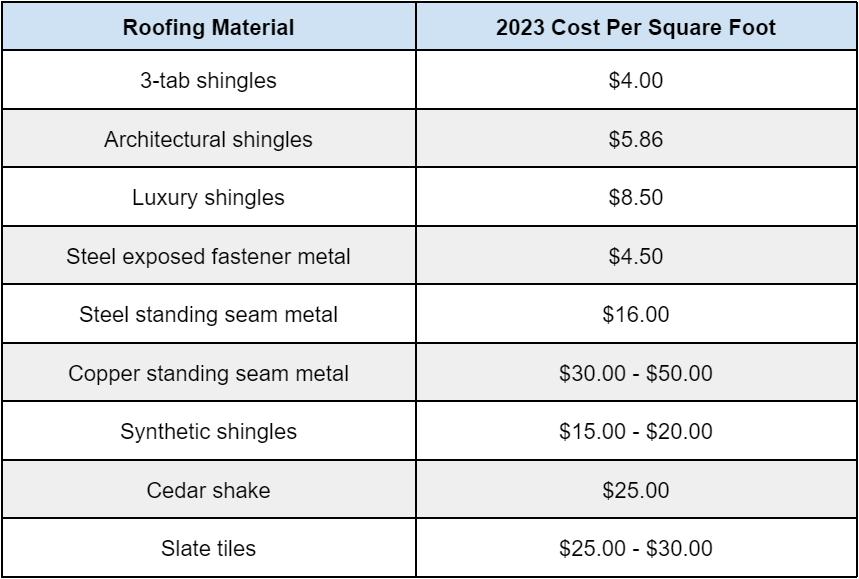
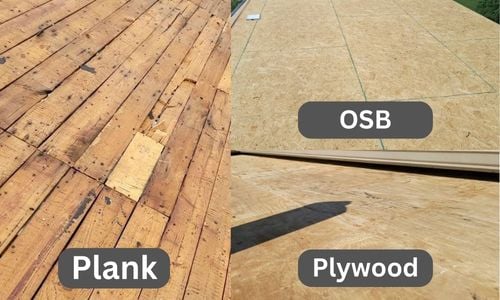
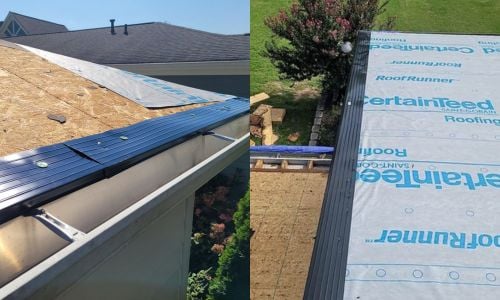
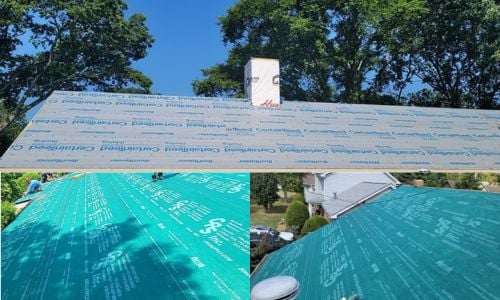
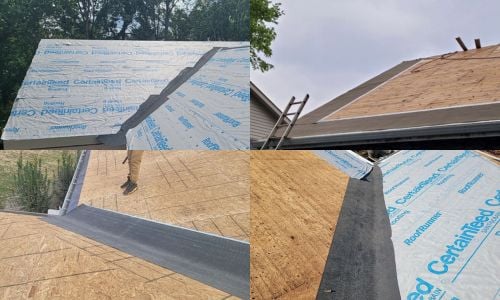
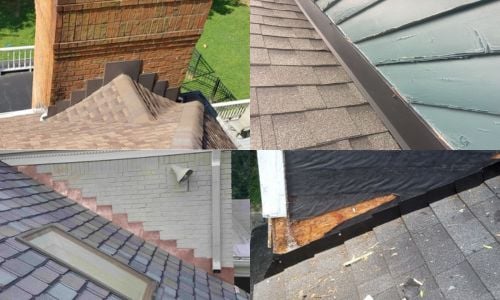
.jpg?width=500&height=300&name=Blog%20Images%20(1).jpg)
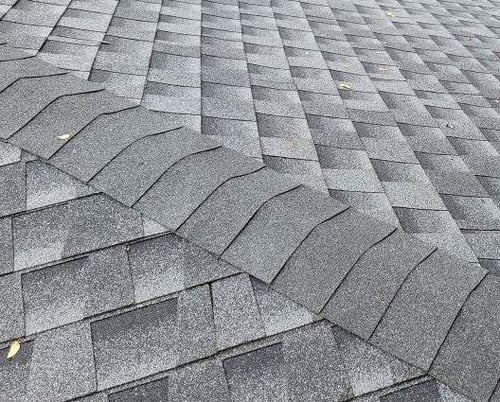
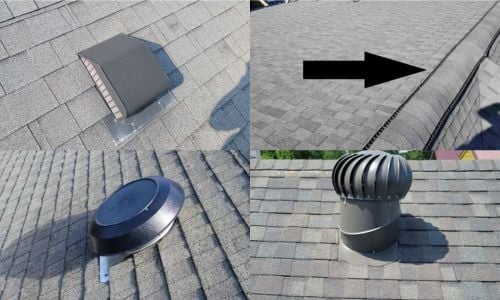
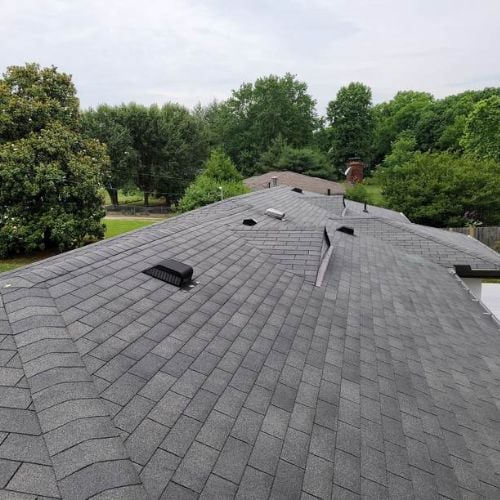
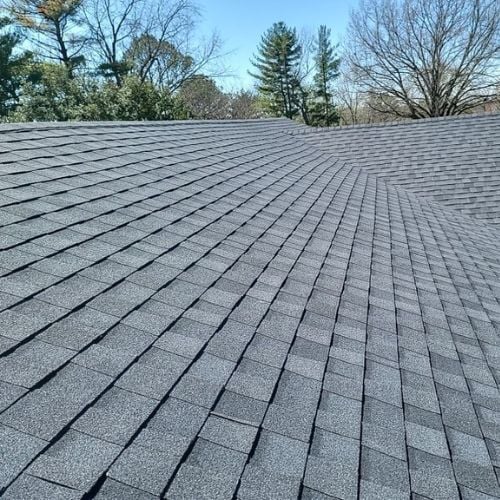
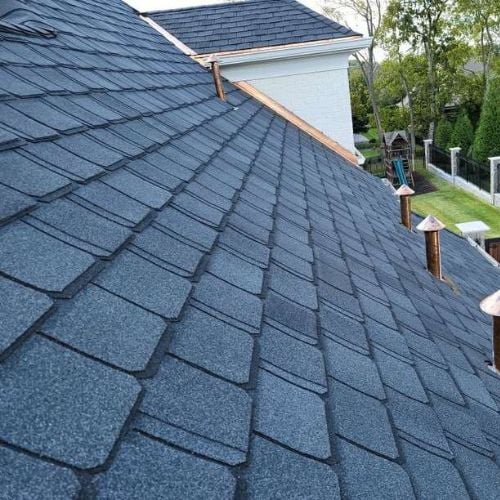
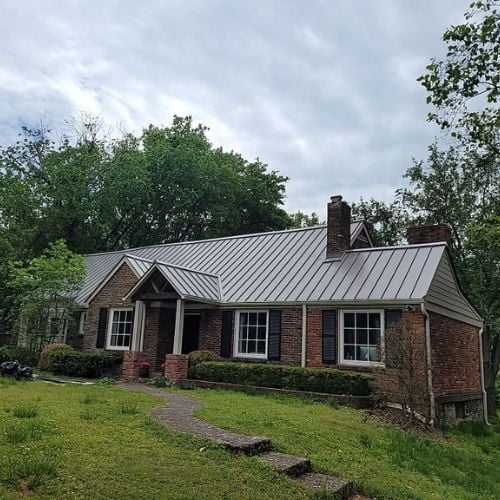
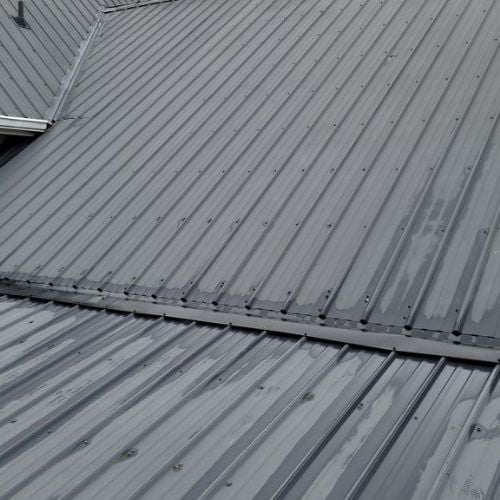
.jpg?width=500&height=500&name=Synthetic%20(2).jpg)
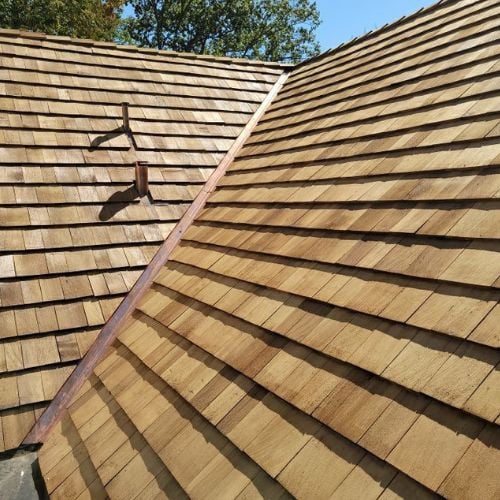
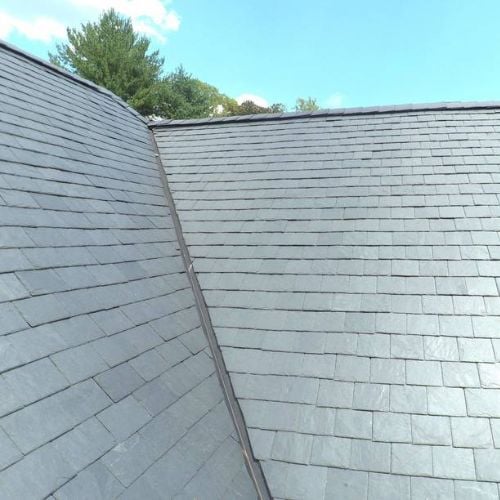

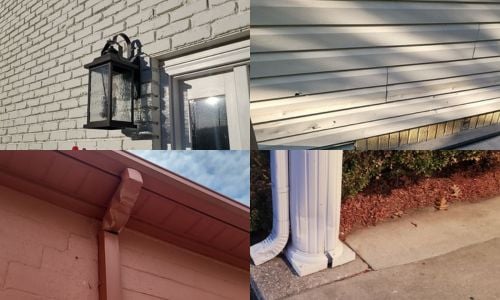
.jpg?width=500&height=300&name=PropertyProtection%20(2).jpg)
